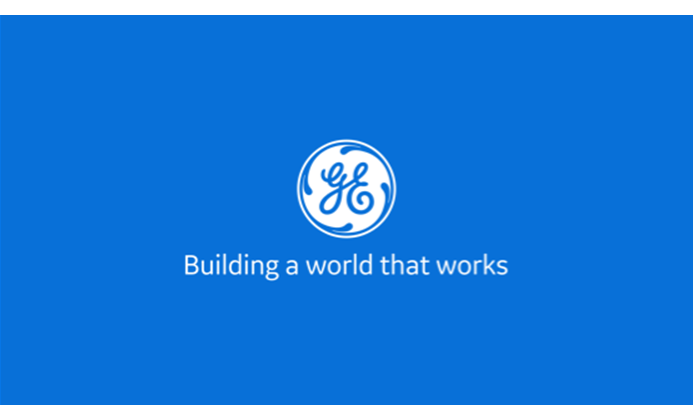News and insights from Australia and New Zealand
Between three to five percent of Aboriginal and Torres Strait Islander Australians living in remote and regional areas suffer from rheumatic heart disease (RHD). Poverty and lack of primary healthcare is behind the persistence of a deadly disease that has been virtually absent in the rest of Australia for more than 50 years.
A strange thing occurred while Quinn Darragh was swimming from England to France in September 2020. He could swear his wife Sheree was swimming below him in the icy black water as he slowly crawled his way from Dover to a spot near Calais. Except his wife was a mermaid.
“Weird things happen” when you’re as tired and cold as he was, Darragh says. “You hallucinate at certain points.”
The Breast Institute of New Zealand is the culmination of Dr. Monica Saini’s vision for a revolutionary private breast clinic. “I wanted to create a centre where we do the highest quality imaging, and can be an education and research platform,” says Dr. Saini, a breast radiologist who trained in her native United States. “We are a place for women to come and learn about themselves.”
When Leena Kaleliya, a GE Healthcare customer sales representative in Sydney, found a lump in her breast in September 2018, even her doctor figured there wasn’t anything to worry about. She was only 39 years old, in good health and no family history of breast cancer. However, an initial ultrasound led to a mammogram and biopsy in quick succession, resulting in a breast cancer diagnosis.
Donnie the koala needed help. Orphaned after another animal killed his mother, he was lethargic and obviously sick when a rescuer brought him to Byron Bay Wildlife Hospital in southeast Australia. The hospital’s veterinarian, Dr. Bree Talbot, could tell that Donnie had a bloated abdomen that was making him uncomfortable. She also learned that he didn’t have enough red blood cells or sufficient protein in his blood. But she needed more information to determine how to best treat him.
In honor of International Women’s Day, we celebrate amazing women who are forging innovation through technology.
Emergency physician Dr Kylie Baker is shaping the future of healthcare through point-of-care ultrasound. Her interest in point-of-care ultrasound—referred to as POCUS—extends nearly two decades, realizing back then the potential for the technology.
Medical imaging is an essential part of modern healthcare. Services from CT scans to X-rays help diagnose, treat and monitor illnesses and conditions faster and more accurately than ever before. In Australia alone, more than 25 million diagnostic imaging examinations are performed each year.
A new 5-episode podcast series from GE Healthcare Australia & New Zealand examines how medical diagnostic imaging is shaping the future of patient care through partnerships and the introduction of transformational technologies.
Some might contest whether South Australia is still Australia’s leading food-and-wine state, but there is no debate that the state is a key proving ground for the nation’s utility-scale renewable energy boom. As the Clean Energy Council reported in April 2020, “South Australia again got more than half of its electricity from renewable sources in 2019, and is expecting to increase this to 100 per cent by 2030.”
Later this year GE’s most advanced magnetic resonance imaging (MRI) system will be installed at Mātai, the medical imaging research and innovation centre in Tairāwhiti Gisborne. Leading the charge to use the technology to its fullest is New Zealander Dr Samantha Holdsworth, Mātai CEO, who knows how MR can produce astoundingly detailed images of the body—from brain to blood vessels and bones.
CT scans are one of the most valuable tools to rapidly and accurately diagnose COVID-19 infection and help triage patients for treatment. But because the virus is new, few specialist radiologists have experience in identifying early signs of COVID-19 on CT scans. Equally important as the pandemic escalates globally, a wider set of medical professionals may be called on to interpret CT scans.













